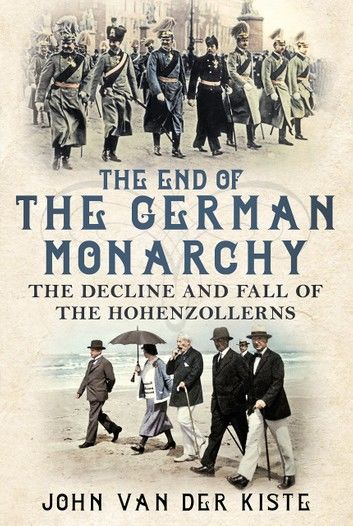- A new look at the German empire from the age of Bismarck onwards, its decline during the First World War, the Kaiser’s abdication, and royal connections with the Nazi regime
- Comprehensive selection of images, including some rarely seen
- Insightful portrait of the Kaiser’s family, including accounts of his sons, often neglected by biographers
- A fascinating read for those interested in modern German history
In 1871, after three victorious wars against several European nations, King William I of Prussia was proclaimed German Emperor at a grand ceremony in Versailles. By 1900, the empire rivalled Britain as the most powerful nation in Europe in economic and military terms, if not the world.
However, by the end of the First World War, the defeated Second Reich had fallen, and with it the ruling Hohenzollern dynasty, with its once-mighty figurehead, William II, an exile in Holland forbidden to enter his old country again. While his and his descendants’ chances of restoration to the throne were always slight, throughout the unsettled years of the Weimar republic, the Hitler era and the Second World War, a few members of the family and their most ardent supporters never entirely gave up hope.
The End of the German Monarchy: The Decline and Fall of the Hohenzollerns examines the rise and fall of the monarchy, the personalities of the emperors and empresses, their relationships with Prince Bismarck and the Imperial chancellors who followed him, and later the republican and Nazi leaders on whom their dreams of a second coming later depended.












